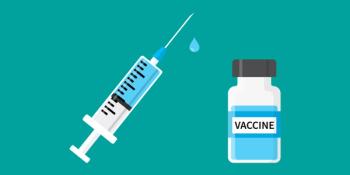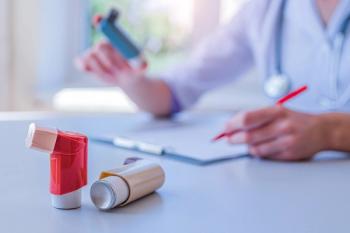
AAP tips: How to keep kids safe around fireworks this summer
The American Academy of Pediatrics warns families to avoid home fireworks and offers safer alternatives to prevent injuries, especially in young children.
Each year, thousands of children, teens, and young adults are injured by fireworks, especially in the weeks surrounding Independence Day. In 2024, the US Consumer Product Safety Commission (CPSC) reported 11 deaths and an estimated 14,700 injuries due to fireworks, an increase over previous years, according to an article published on HealthyChildren.org, which is backed by the American Academy of Pediatrics (AAP). Most of these injuries involved malfunctions, misuse, or misfires, with hands, fingers, face, and eyes most commonly affected.
To help families celebrate safely, the AAP HealthyChildren.org provided reminders for firework safety ahead of the national holiday.
Tips for firework safety
1. Skip backyard fireworks—attend a professional show instead
Professional fireworks displays are far more spectacular and far safer than consumer-grade alternatives. Watch from a safe distance—at least 500 feet away from the launch site—to protect against injury and preserve your child’s hearing.
2. Don’t underestimate hearing damage from fireworks
Firecrackers can hit noise levels of 150 decibels—far louder than the 75–80 decibels considered safe for children. One close-range burst is enough to cause permanent hearing loss. Keep infants, toddlers, and young children well away from fireworks, and consider ear protection even at a distance.
3. Be cautious of unexploded “dud” fireworks
If a firework doesn’t go off, do not approach it. It may still be active. Instead, keep a safe distance and contact your local fire or police department for disposal instructions.
4. Consider alternatives during wildfire season
In areas with fire restrictions or wildfire risk, cities may cancel fireworks shows altogether. Consider community-sponsored laser light or drone shows instead. These are increasingly popular and eliminate fire and noise hazards altogether.
5. Replace sparklers with glow sticks or flags
Sparklers cause nearly half of all fireworks-related injuries in children under 5. They burn at approximately 2,000°F—hot enough to melt metal—and can cause serious burns, ignite clothing, or result in eye injuries. In 2024 alone, 1,700 sparkler-related injuries were treated in U.S. emergency rooms.
6. Don’t let legality influence your decision
Even in states or municipalities where fireworks are legal to purchase and use, that does not make them safe. Household use around children still carries significant risk and should be avoided, regardless of local laws.
7. Reinforce common-sense safety at home
Use the holiday as a teaching moment. Encourage kids to enjoy safe alternatives like glow bracelets, confetti poppers, or supervised community events. Remind older children and teens that even "small" fireworks can cause life-changing injuries.
Conclusion
Encourage your patient's parents to speak with their providers regarding any questions about how to enjoy fireworks events safely, or to seek guidance on noise exposure or burn prevention.
Reference:
4th of July Fireworks Safety: Tips for Families. HealthyChildren.org. Updated June 27, 2025. Accessed July 2, 2025. https://www.healthychildren.org/English/safety-prevention/at-play/Pages/stay-safe-this-4th-of-july.aspx
Newsletter
Access practical, evidence-based guidance to support better care for our youngest patients. Join our email list for the latest clinical updates.








